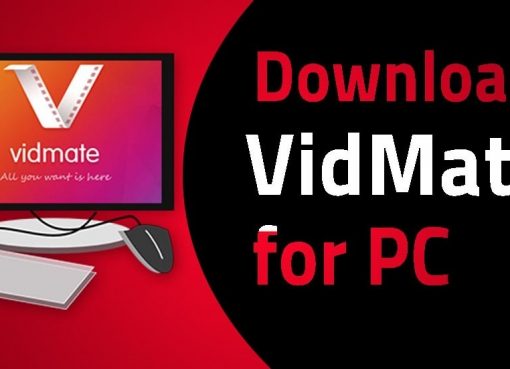User segmentation is the common practice for digital marketers, strategists, and consumer app development companies to ensure that they can target the right audience and gain maximum coverage and output. Since a digital app doesn’t suit every app user’s purpose or a marketing pitch just isn’t relevant to all customers, segmenting the audience is necessary.
Segment refers to a group of users chosen as per different criteria such as age, country, and preferences. By segmenting your audience, you can market a solution or a product to users with these specific characteristics. Since it ensures targeting the right audience to get maximum results, the positive impact of user segmentation can be experienced all through the marketing funnel, starting from the market exposure to the retention.
Key Reasons for Mobile Apps to Use Market Segmentation?
Since mobile apps are digital solutions to solve specific user problems, you need to know which of your audience needs the solution most. This is the reason why you need market segmentation. Any user who doesn’t delete or uninstall your app and returns to your app belongs to your target audience. Market segmentation is the practice to help you reach this audience group easily. It helps to enhance the efficiency of your mobile marketing campaigns significantly.
User segmentation in the context of mobile apps generally starts with the creating of user personas. User personas typically represent all your users’ characteristics who are likely to find your app relevant and useful. To develop user personas, you can draw ideas about the similar user characteristics, demographics, and behavioral patterns of your closest competitor apps. App designers also try to resonate with their design as per user personas. In recent years, many mobile app designers in India came with innovative UI/UX for startups involving user personas and custom user segmentation ideas. You can also build or fine-tune the user personas by following the behavioral patterns of our users while using your app or website.
Apart from knowing your audience better, user segmentation also helps in understanding the market and deciding the campaigns accordingly. By concentrating on a particular group of users, marketers and advertisers can also create specific campaigns to re-engage or retarget the audience segment or to push brand loyalty.
Best Practices for User Segmentation
Now that you have a clear idea about how user segmentation benefits mobile app campaigns and marketing, it is important to know the best parameters and practices to put segmentation into practice. Here we are going to explain some of the time-tested practices for market segmentation.
Behavioral and Psychographic
Behavioral user segmentation takes into consideration the user’s knowledge and attitude towards your mobile app. By going deeper into this metric, we can find these aspects.
- Whether the users use your app often or they just come to it sometimes? How loyal are they to your app?
- Do they like the price of the app? Do they respond to the in-app ads positively? Do they like you’re in-app messages and notifications?
- How long they use your app? Do they continue to use the app beyond five minutes and three or four taps?
- Do they look for content and features that your app doesn’t offer?
- Do they dislike something in your app?
Demographic
The demographic considerations always play a key role in the user segmentation process. The demographic characteristics of your customers, such as gender, age, occupation, education, income, and social status and several others, can directly influence their user behavior, responses, and exposure to your campaigns. Hence, demographic criteria are so important for mobile app marketers around the world.
Now, demographic characteristics are not just specific to individuals. They are equally pertinent elements of B2B mobile app campaigns. In B2B app campaigns, demographic characteristics can be the number of employees, company location, brand reputation, business reach, etc. For B2B mobile apps, these considerations are important.
Geographic
App business is a global one with no limit to reach audiences across countries, regions, and market segments. But not all apps can be truly global or can start addressing an audience all over the globe. This is why audience segmentation based upon geographic locations is also important. User segmentation based upon country, regions, various cities, and zip codes can help mobile app campaigns to reach out to audiences who are likely to find the app more useful and relevant.
Geographic segmentation is often used in combination with other key considerations, such as demographics. Marketers are often seen to create a geo-cluster of users combining specific demographic groups living in particular geographic locations.
Occasion Based
This segmentation targets audiences on particular occasions. This basically works independently of individual customer characteristics and focuses mainly on occasions, seasons, and events to ropes in users who share some involvement or affinities with these occasions.
For example, an app campaign targeting interested audience in World Cup Football or another app campaign targeting Christmas vacations is an occasion-based campaign targeted to all users oriented with these events or occasions.
Conclusion
There can be more segmentations based on specific interest groups, cultural lineage, and others. Actually, app marketers can creatively use different segments to create multiple user clusters combining various characteristics. The actual target is to target the right audience, who are more likely to resonate with your brand message and app offerings. When it comes to market segmentation, you need to be creative to target an audience by combining different characteristics. Since human beings are fluid personalities, user segmentation should overlap these boundaries and create audience segments as per the campaign focus areas.
- User Segmentation – Why It’s Vital for Apps? How Do You Do That? - August 9, 2020




